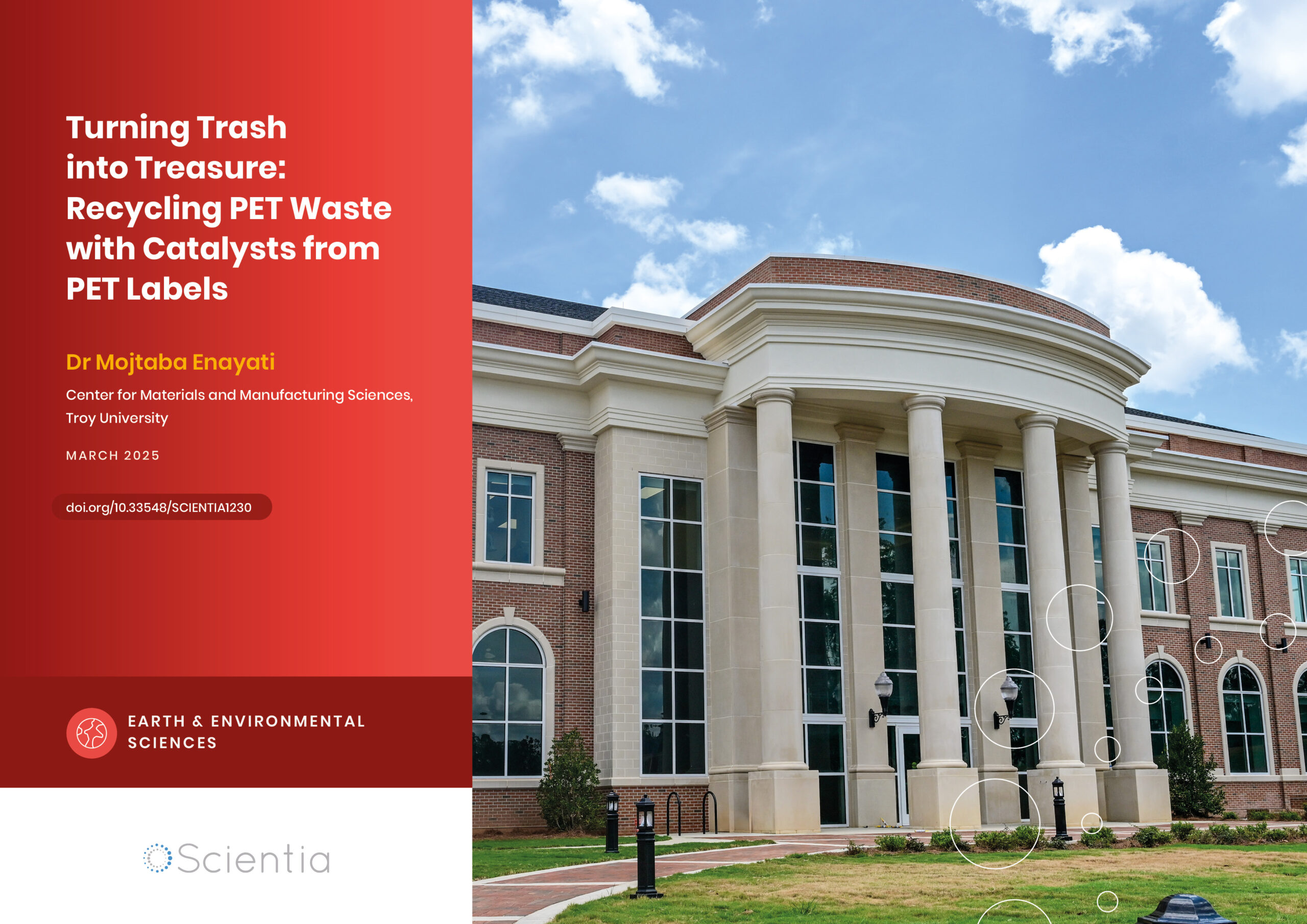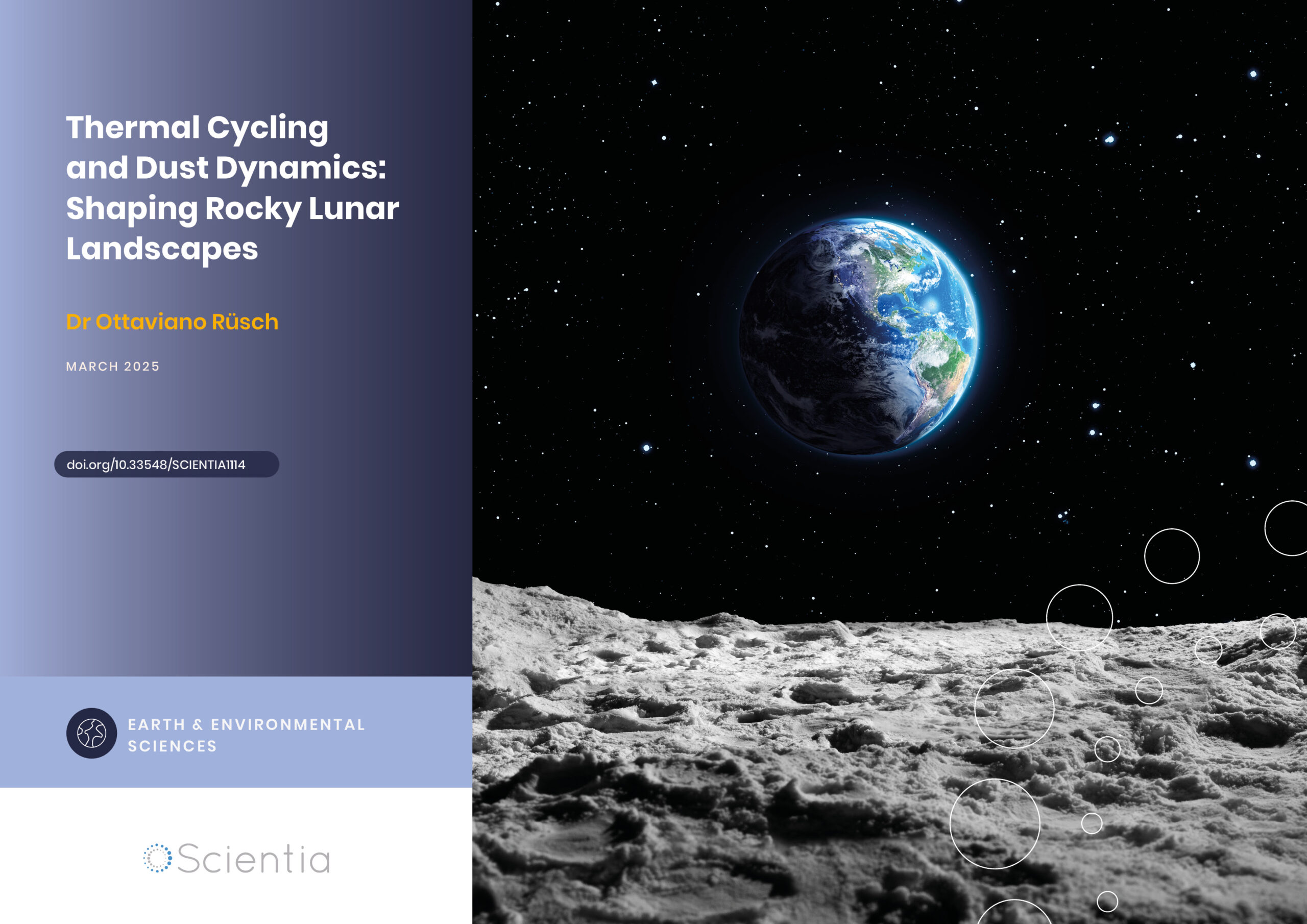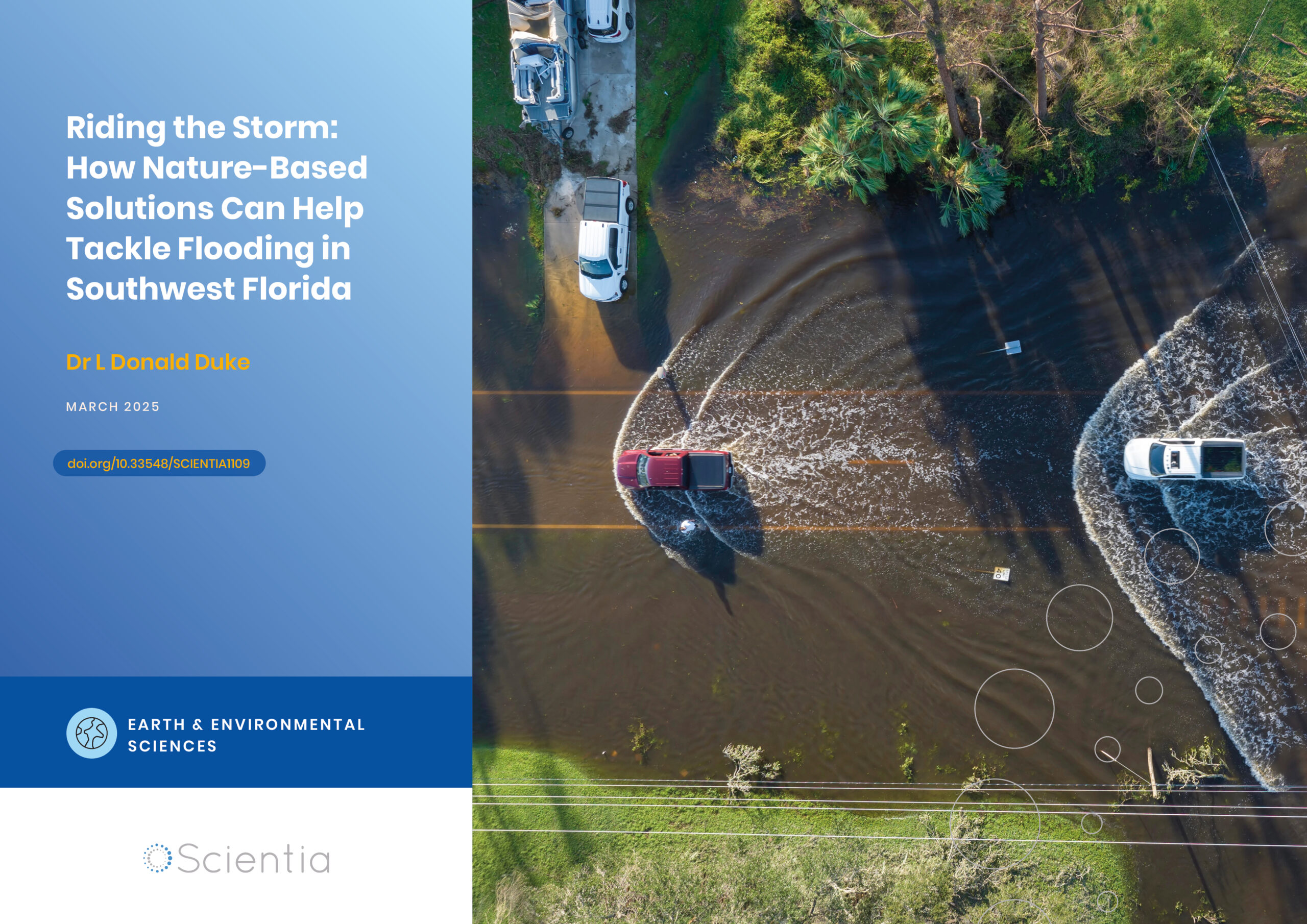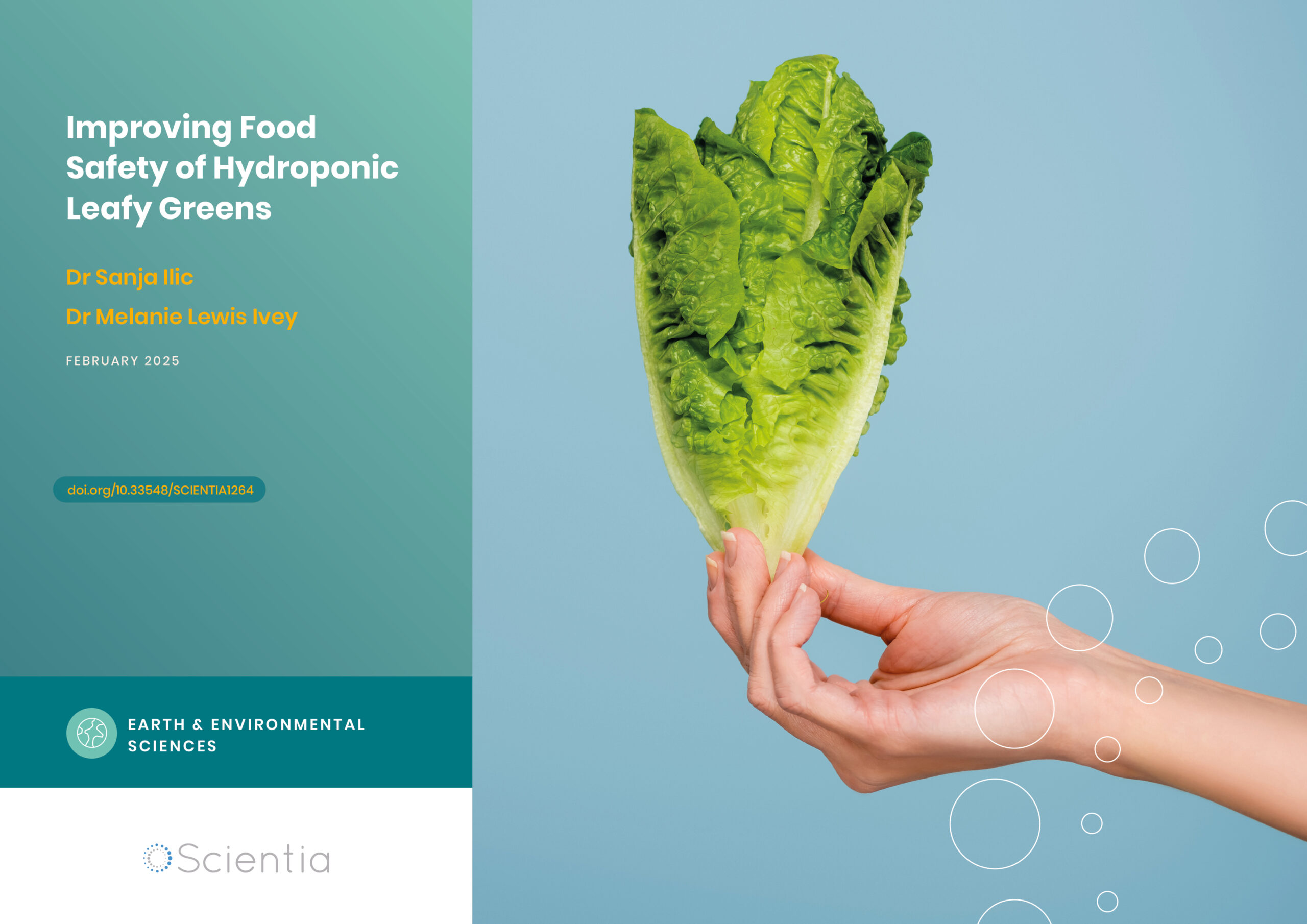Dr Keith Walters | Rebuilding Oyster Reefs with Recycled Shells for Prey Protection
The worldwide loss of coastal oyster reefs negatively affects many organisms that rely on reefs for refuge from predators. Dr Keith Walters and his team at Coastal Carolina University created a series of reefs along the northern South Carolina shoreline using recycled oyster shells from local restaurants. Their investigations of differences in physical characteristics and predator-prey dynamics on newly created and existing natural reefs document that within a year, reef restoration provided a functional habitat for reef-reliant species, quickly reestablishing a key oyster reef ecosystem service.
Shelter from Predators
The complex shell matrix on established oyster reefs provides habitat and protection from predators for many resident and transient organisms, including mussels and crabs. Oysters form naturally occurring reefs when spat (juvenile oysters) settle out of the water column, typically onto existing reefs or other hard substrates, creating a complex, three-dimensional shell matrix. Natural reefs contain spaces where resident and transient organisms can hide, providing a key nursery habitat and refuge for many commercially and recreationally valued species in nearshore coastal environments.
Ongoing commercial and recreational oyster harvesting is implicated in the loss and degradation of existing reefs, reducing their structural complexity and nursery and refuge value. Attempts to create new oyster reefs could address reef loss, but the structural complexity of newly created reefs likely differs from that of established reefs.
Reefs Along the South Carolina Coast
Oyster populations along the 100 km Grand Strand coastal region in northern South Carolina continue to experience pressure from harvesting and local water quality issues. Fringing reefs associated with the region’s extensive estuarine tidal creeks also affect adjacent salt marshes, another important nursery habitat and structural refuge for fishery species. The cumulative past and potential future loss of reef and marsh habitats essential to many fish species reduce fishery species production with a resultant negative economic impact on coastal communities.
Dr Keith Walters and his team at Coastal Carolina University developed the Coastal Oyster Recycling and Restoration Initiative (CORRI) in 2013 to recycle oyster shells, create reefs, and scientifically evaluate the effectiveness of reef creation. They collected shells from local restaurants to construct multiple new reefs along 100 m of shoreline within intertidal creeks (between high and low tide levels) in six different estuaries. The team also assessed the effectiveness of their restoration efforts by monitoring oyster populations and fish communities and conducting experiments on both created and existing reefs.
Recycling Oysters to Restore Reefs
Dr Walters and his team adopted an inventive approach to shell sourcing, recycling shells directly from local restaurants to bypass the need to purchase and transport what has become a nationwide shortage of shells. Weekly, the team collected shells from six local restaurants, ultimately totalling >100 tonnes. Shells were first quarantined to prevent disease transmission, after which volunteers shovelled shells into mesh bags, transported the bags to various tidal creeks, and placed the shell bags on tidal creek mud flats, forming a fringing shell reef.
The seeming lack of structural complexity and associated limited availability of refuges on newly created shell bag reefs raised the question of whether created reefs would provide a similar refuge from predators compared to existing natural reefs. To examine potential differences between reefs, Dr Walters and his team compared basic physical characteristics and conducted predator-prey experiments to establish if newly created and established oyster reefs provided similar refuges from predators.

Physical Differences Between Created and Existing Reefs
To document possible physical differences between reefs, the team measured shell numbers, heights and mass from samples of shell bags and existing natural reefs. Shells are the building blocks of reefs, and differences in shell characteristics could translate into differences in the availability of predator refuges. They found that created reef shells were taller and heavier, but existing reefs had twice the number of shells for the same area of reef.
The differences in physical characteristics reflected the initial origin of shells. Created reef shells were collected from local restaurants, and the majority of oysters consumed originate from the Gulf of Mexico subtidal shellfish beds. Subtidal oysters tend to have thicker, heavier shells, and oysters harvested for sale must also be taller than a minimum size. Along with shell physical differences between reefs, the team found that ten months after creation, oysters growing on reefs were less than a few centimetres tall and had yet to develop the complex interconnected matrix of live oysters and dead shells that provide vertical relief in natural reefs.
Chances of Survival for Local Prey
To test the possible effects of physical differences between created and existing reefs on the short-term survival of reef resident prey, Dr Walters and his team conducted a series of tethering experiments using mussels and crabs as prey. Both crabs and mussels rely on hiding and/or burrowing to avoid predators typically found on reefs, such as blue crabs, sheepshead fish, stone crabs, and toadfish, making them ideal candidates for tethering experiments.
The team, along with students from Dr Walters’ marine ecology classes, collected crabs and mussels from local natural reefs prior to each experiment, superglued individuals to monofilament lines (tethers), and attached the tethers to multiple stakes in several created and established reefs and in adjoining mudflat areas. Initial observations indicated that tethers had a minimal effect on crab and mussel behaviour. The number of live and dead or missing crabs and mussels were identified after one and two days to calculate survival rates.
Sedentary and Mobile Species Survival
Although crab survival varied between seasons and coastal locations, the team did not find a link between survival and reef type. Crab loss was similar on newly created and existing natural reefs, but survival was greater in April compared to October, reflecting seasonal differences in predator presence.
Results were more complex for mussels, with survival between newly created and existing natural reefs depending on mussel size. Small mussels ~25 mm long exhibited no difference in survival between reefs, but survival of medium (~50 mm) and large mussels (~80 mm) used in April experiments varied by size and location. Existing natural reefs were always expected to be a better refuge for reef resident prey, and in one location, large mussel survival was greater on natural reefs. However, at another location, medium-sized mussels survived better on created reefs inconsistent with expectations. Dr Walters suggests that the varied results could reflect size-specific differences in the ability of mussels to find refuge on created reefs or could just be a consequence of limited experimental sample sizes.
Contrary to expectations, prey survival was not linked consistently to reef type and associated physical differences, suggesting that newly created reefs provide a refuge from predation similar to that found on existing natural reefs.
Implications for Oyster Reef Restoration
Dr Walters’ findings suggest that initial differences between newly created and established oyster reefs do not significantly affect the survival of reef resident prey. The team discovered that using bagged and recycled natural shells to create oyster reefs in intertidal coastal areas provided an effective habitat for reef resident species in under a year, which in turn would support commercially and recreationally valued fishery species.
Dr Walters and his team successfully showed that their reef restoration practice almost immediately fulfils a primary ecosystem service of intertidal oyster reefs, which supports the use of shell bags as a viable approach to restoring functional oyster reefs.
SHARE
DOWNLOAD E-BOOK
REFERENCE
https://doi.org/10.33548/SCIENTIA1053
MEET THE RESEARCHER

Dr Keith Walters
Department of Marine Science
Coastal Carolina University
Conway, SC
USA
Dr Keith Walters obtained his Bachelor’s degree in Biology with Honours from the University of Oregon in 1974. He moved to Florida State University for his Master’s, and completed his PhD at the University of South Florida. Dr Walters then joined Stetson University as an Assistant Professor before moving to the CSIRO Marine Lab in Queensland, Australia, to take up a Senior Fulbright Research Fellowship. In 1990, Dr Walters returned to the USA, working first at the University of Georgia, then at Middle Tennessee State University, where he became an Associate Professor. Dr Walters is a Professor in the Department of Marine Science at Coastal Carolina University, South Carolina, where he developed the Coastal Oyster Recycling and Restoration Initiative (CORRI). He also was an organiser of the South Carolina Sea grant-sponsored Oyster Restoration Workgroup and, along with Dr Loren Coen, developed its website dedicated to providing vital information about oyster reef restoration.
CONTACT
W: https://www.coastal.edu/academics/facultyprofiles/science/coastalevironment/keithwalters/
KEY COLLABORATORS
Dr Charles Martin, Dauphin Island Sea Lab, University of South Alabama
Thomas Funk, Inks Dam National Fish Hatchery, US Fish & Wildlife Service
FUNDING
Fish America Foundation
Bunnelle Foundation
NOAA Coastal Restoration Center
FURTHER READING
K Walters, CW Martin, TS Funk, Differences in resident prey survival on newly created shell and established natural intertidal oyster reefs, Restoration Ecology, 2022, 30, e13630. DOI: https://doi.org/10.1111/rec.13630

REPUBLISH OUR ARTICLES
We encourage all formats of sharing and republishing of our articles. Whether you want to host on your website, publication or blog, we welcome this. Find out more
Creative Commons Licence (CC BY 4.0)
This work is licensed under a Creative Commons Attribution 4.0 International License. 
What does this mean?
Share: You can copy and redistribute the material in any medium or format
Adapt: You can change, and build upon the material for any purpose, even commercially.
Credit: You must give appropriate credit, provide a link to the license, and indicate if changes were made.
SUBSCRIBE NOW
Follow Us
MORE ARTICLES YOU MAY LIKE
Dr Mojtaba Enayati | Turning Trash into Treasure: Recycling PET Waste with Catalysts from PET Labels
Plastic pollution has become a critical environmental problem, with polyethylene terephthalate (PET) plastic widely used in food and beverage packaging being a major contributor. Dr Mojtaba Enayati from Troy University’s Center for Materials and Manufacturing Sciences (CMMS) is leading innovative research aimed at utilising the labels from PET water bottles as an environmentally friendly and cost-effective catalyst for chemically recycling PET waste into valuable monomers and other value-added materials. This innovative work provides an elegant solution for recycling PET by sourcing key components from the PET bottles themselves.
Dr Ottaviano Rüsch | Thermal Cycling and Dust Dynamics: Shaping Rocky Lunar Landscapes
The Moon’s airless surface is constantly bombarded by micrometeoroids, cosmic rays, and extreme temperature swings. These harsh conditions gradually break down rocks and create the fine-grained lunar soil known as regolith. Dr Markus Patzek and Dr Ottaviano Rüsch at the University of Münster are leading a team of researchers (known as the Precious Space Team) who are uncovering new details about how different types of lunar rocks respond to thermal stress and how dust behaves on boulder surfaces. Their work sheds light on the complex processes that shape airless planetary bodies over time.
Dr L Donald Duke | Riding the Storm: How Nature-Based Solutions Can Help Tackle Flooding in Southwest Florida
Florida grapples with mounting challenges related to inland flooding due to heavy precipitation, along with coastal flooding from rising sea levels and coastal storms. One important approach to address precipitation-originating flooding is to embrace land use practices runoff management in the upstream portions of at-risk watersheds, where sustainable design can relieve the pressures on drainage systems from continuing dense urban development in the low-lying Florida landscape. Dr L Donald Duke, from The Water School at Florida Gulf Coast University, plays a pivotal role in this endeavour. His work encompasses creating and evaluating flood-resilient land use practices and planning to manage stormwater runoff on the watershed scale.
Improving Food Safety of Hydroponic Leafy Greens
Hydroponic farming is experiencing rapid growth worldwide, offering a sustainable and efficient method of producing fresh, nutrient-rich crops. However, the unique conditions of hydroponic systems also present complex food safety challenges. Dr Sanja Ilic and Dr Melanie Lewis Ivey, researchers at The Ohio State University, are at the forefront of efforts to understand and mitigate the risks of human pathogen contamination in commercial hydroponic production. Their pioneering work is providing crucial insights and practical guidance to help ensure the safety and nutritional value of hydroponically grown leafy greens.





